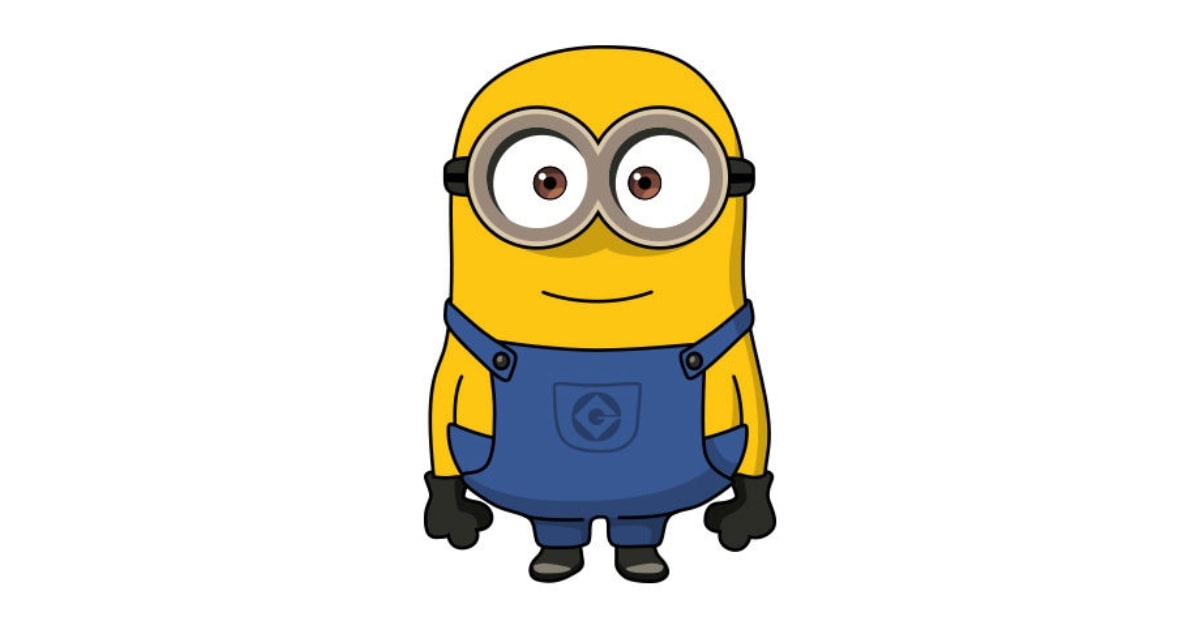In the world of digital graphics design and photo editing, the prowess of vector art converters reigns supreme, allowing artists and designers to transcend creative boundaries. Whether you’re a professional graphic designer or an enthusiastic hobbyist, understanding the dynamics and functionalities of a vector art converter can elevate your craft.
Unveiling the Essence of Vector Art Conversion
Vector art conversion is the process of transforming raster images into scalable vector graphics. It involves converting pixel-based images, susceptible to distortion when resized, into smooth, infinitely scalable designs that retain their crispness and clarity irrespective of size alterations.
What Is a Vector Art Converter?
A vector art converter is a specialized software or tool designed to convert raster graphics (images made of pixels) into vector graphics (comprised of mathematical equations defining shapes and lines). It employs intricate algorithms to trace and recreate images, ensuring precision and scalability.
How Does a Vector Art Converter Work?
- Tracing Algorithms: These algorithms analyze the raster image, identifying edges, lines, and color variations to recreate shapes and forms.
- Bezier Curves: The converter uses Bezier curves to replicate the shapes, enabling smooth and precise lines.
- Color Recognition: Sophisticated converters recognize color variations, allowing accurate replication in the vector format.
Benefits of Using a Vector Art Converter
- Scalability: Vector graphics can be resized infinitely without losing quality, making them ideal for logos, illustrations, and designs across various platforms.
- Precision and Clarity: The conversion process ensures sharpness and clarity, crucial for professional-grade designs.
- Editable Elements: Vector graphics offer individual manipulation of elements, allowing easy editing and modification.
- File Size Efficiency: Vector files are typically smaller in size compared to their raster counterparts, facilitating easier storage and sharing.
Types of Vector Art Converters
- Desktop Software: Adobe Illustrator, CorelDRAW, and Inkscape are renowned desktop-based vector art converters.
- Online Tools: Websites like VectorMagic, OnlineConvertFree, and CloudConvert offer web-based conversion services.
- Mobile Apps: Applications like Adobe Capture and Vectornator bring vector conversion capabilities to mobile devices.
Conclusion
Mastering the art of vector conversion opens doors to a world where imagination seamlessly merges with digital precision. With an array of tools and software at your disposal, creating stunning, scalable vector graphics becomes an exhilarating journey.
FAQs
Can any image be converted into a vector graphic?
Yes, most raster images can be converted, but complex images may require manual editing post-conversion for optimal results.
Are vector art converters free to use?
Some converters offer free versions with limited functionalities, while more advanced features may be available in paid versions or subscriptions.
Can vector graphics be edited after conversion?
Absolutely, one of the key advantages is the ability to edit individual elements in vector graphics.
How accurate are the conversions?
The accuracy of conversions varies based on the complexity of the image and the quality of the converter. Some converters offer higher precision than others.
What file formats do vector art converters support?
Popular formats include SVG (Scalable Vector Graphics), AI (Adobe Illustrator), EPS (Encapsulated PostScript), and PDF (Portable Document Format).
Are there any limitations to vector art conversion?
While highly versatile, certain intricate details or complex textures in raster images may not convert accurately and might require manual adjustments.
This page was last edited on 27 February 2024, at 10:29 am
